How Much Should I Spend on Marketing?
Five Areas of Your Business You Must Understand to Determine Your Marketing Budget
An earlier version of this article appeared on Innovation Map.
Experts and industry research contend that the average business typically spends anywhere from 5% to 12% of its total revenue on an annual marketing budget. At Integrate Agency, we firmly believe that marketing spend should be determined by accurately analyzing a few key data points, versus your current size. We shepherd our clients through a defined five-step process to help them calculate how much they should spend on marketing to maximize their ROI and growth.
1) Know Your Goals
You can’t manage what you can’t measure, so before you start spending, you must first set SMART goals with measurable metrics. Set challenging, realistic, short-term goals including the following areas:
- Sales growth
- Social media follower growth
- Customer growth
- Revenue
- Consumer ratings improvement

Integrate was hired by Delmar Systems , an industry-leading provider of offshore mooring technology, to update their website and reorganize content to increase traffic that would ultimately generate leads. By having a clear goal at the forefront, Integrate was able to measure a clear ROI for the company (including 632% increase in new visitors and 24% increase in qualified leads) and track that back to the expenses on the website conversion optimization project.
What matters is that the goals are personal to your company and help you set a strong baseline of expectations for yourself, your workforce, and your investors. These goals will establish clear guidelines for the budgeting strategies and tactics to reach those goals.
2) Know Your Capabilities
Your marketing spend should reflect your goals and where you want to be in the future, but you have to use what you have to manage those dollars. Before you get too ahead of your skis, you must be aware of your current size and structure, while leaving room for evolution and scaling upward. Important concerns to account for when considering this include:
- Staff Size
- Staff Experience
- Bandwidth as it relates to other work (remember, it doesn’t help to invest in getting you new customers if that only takes away from actual client work and you end up just replacing your customers vs. retaining them!)
A question will often come up about what can be done in-house vs. outsourced. On one hand, doing your own marketing gives you maximum control of your budget and voice, since you know your company and what it offers better than anyone. But to be most effective with your marketing spend (and often attune to the latest, best-in-class, industry techniques), you must fully commit to your marketing efforts, which an agency, or outside partner, can provide.
As Arthritis Relief Centers grew, the staff at the leading provider of osteoarthritis treatments, didn’t have the necessary time in their schedules to devote to marketing their expertise. By making the decision to work with an agency, the company had more time to devote to patient care. In 2019 alone, the company has experienced:
- 108% increase in clicks to digital ads
- 56% decrease in cost per click
- 7% decrease in cost per conversion
The biggest upside to outsourcing your marketing: letting your team focus on servicing customers and improving your products!
3) Know Your Audience
If you have a strong concept of your customer base, you’ll know where, when, and how you can best connect with them.

To this end, be hyper-aware of the seasonality of our clients’ products or services. If you know your audience is more likely to buy during a specific time of year, or if their budget review is always the same quarter, you should target your marketing budget to spend more at those times and less throughout the rest of the year.
Six Flags Hurricane Harbor Splashtown operates on a seasonal basis, by its very nature and each summer, Integrate focuses on a concentrated marketing approach, specifically surrounding PR and social media, last year garnering over 540 million traditional media impressions in just four months.
This focused marketing activity has ensured they’re top-of-mind when it matters most, versus spending dollars when their customers are not considering this purchase.
4) Know Your Data
You can only track your goals, and tweak your spend accordingly, if you have the specific data to tell you what is working and what isn’t. Some of our favorite tools include:
- Google Analytics for visitors, bounce rate, and time on site
- Site Checker for SEO performance
- Conductor for content efficacy
- Sprout Social for social media metrics
Good data insights help you decide what is working and what isn’t, and what may need to be tweaked.
One of the largest providers of outsourced HR services in the country, G&A Partners , wanted to both increase its qualified leads for new clients and enhance its standing as an industry expert. A deep dive into the company’s digital performance metrics established a baseline to build an effective strategy.
A full audit of the company’s digital efforts uncovered significant spend inefficiencies, leading to a full revamp of pay-per-click (PPC) campaigns that saved $8,000 per month, a 64% YOY decrease in cost-per-click and 42% YOY increase in clickthrough rate.
5) Know Your Competition
No matter how big your market share, it’s important to keep up with what competitors are doing, how much they are spending and where their efforts are.
We recommend beginning your competitor research with tools like:
- SEM Rush for SEO keyword research
- Majestic SEO for linking statistics
- Ahrefs for backlink strategy
- Moz for rank tracking

Using this knowledge, you can develop a deep understanding of what works and what doesn’t in your industry, complete with how much your competitor spends for that return on their investment. Not only can you launch efforts to overtake your competitors where they’re finding success, but you can develop campaigns that run counter to theirs, so you pursue opportunities they aren’t.
When a top Tex-Mex restaurant chain in Houston, TX, Escalante’s , sought to outmaneuver its competition with digital tactics, Integrate assembled competitive data revealing that none of Escalante’s competitors in a specific neighborhood were being overly aggressive in the space.
By creating a strategy focused on geo targeting & ad scheduling, the restaurant has been able to capitalize on traffic without a large budget. Utilizing various levers within social media marketing & PPC, we ensured ads displayed to the preferred audience and at the right time. Per the competitor data, serving ads at pertinent hours has been key, as Escalante’s has experienced substantial increases in site traffic.
As we stated earlier, the experts frequently tell you that your marketing spend should normally live between 5 and 12% of your gross revenue but we believe that your marketing budget, and the integrated mix of how that budget is implemented, should rather be tied to your growth needs and goals.
The post How Much Should I Spend on Marketing? appeared first on Integrate Agency.

(281) 223-1324
1980 Post Oak Blvd., Suite 100
Houston, TX 77056
All Rights Reserved | Spark, Wright, and Colgin, Inc / Integrate Agency.









